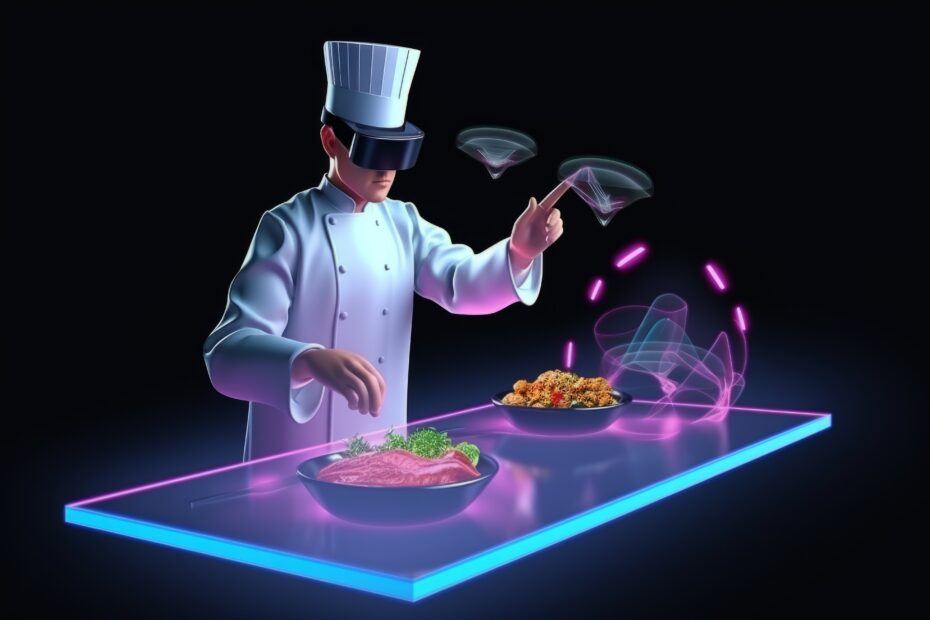Table of Contents
ToggleA restaurant menu is an invitation to an experience rather than merely a list of meals. It establishes expectations, captures the essence of the restaurant, and teases patrons with what’s to come. A customer’s impression of a brand is greatly influenced by the Redefining Menus design, regardless of whether the institution is upscale or a little café.
But behind the scenes of every great dining experience is a well-organized team. Just as technology is transforming how menus are designed and presented, it’s also revolutionizing staff management. PTO tracking tools help restaurant managers stay on top of employee schedules, reduce conflicts, and ensure optimal staffing during peak hours. By automating time-off requests and approvals, restaurants can maintain smooth operations while supporting employee well-being.
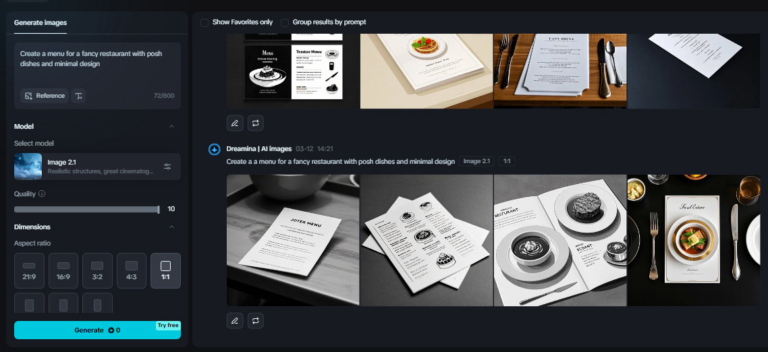
The skill of Redefining Menus has always involved combining strategy and aesthetics. However, this art is currently undergoing a revolution due to the development of artificial intelligence. AI-powered solutions like an AI image generator are revolutionizing menu design by allowing eateries to produce aesthetically pleasing layouts, superior food photography, and unified branding more quickly and effectively than in the past.
Why menus are key to a restaurant’s success
A well-designed menu engages as well as informs. It influences patrons’ decisions and pulls them into the restaurant’s narrative. From the font and images to the arrangement of the menu items, every little thing adds to this narrative.
However, it can be difficult to Redefining Menus that strikes this balance. It calls for a blend of imagination, accuracy, and knowledge of how users engage with visual content. This is where artificial intelligence (AI) comes in, providing creative solutions that optimise the procedure while producing outstanding outcomes.
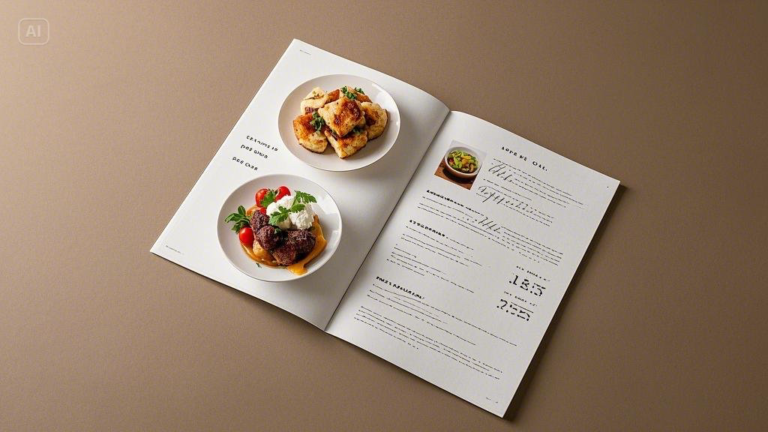
Elevating visuals with AI
In a world where people are visually orientated, a menu’s visuals are frequently its most crucial component. A dish can be transformed from a plain serving to a must-try experience with the help of delicious, high-quality images. But not every restaurant has access to custom artwork or expert photography services.
AI solutions, including AI picture generators, have revolutionised the industry by enabling the creation of customised, superior graphics in a matter of minutes. AI can be used, for instance, to create gorgeous images with an ocean theme that blends in well with the menu items of a seafood restaurant. In order to make the graphics as appealing as the food itself, these technologies can also be used to create original backgrounds, overlays, and artistic components that complement the restaurant’s theme.
AI can improve already-existing graphics in addition to producing new ones. AI-powered techniques like image upscale, which improves clarity and detail to create polished, enticing picture, may turn blurry or poorly lit photos into sharp, professional-grade photos.
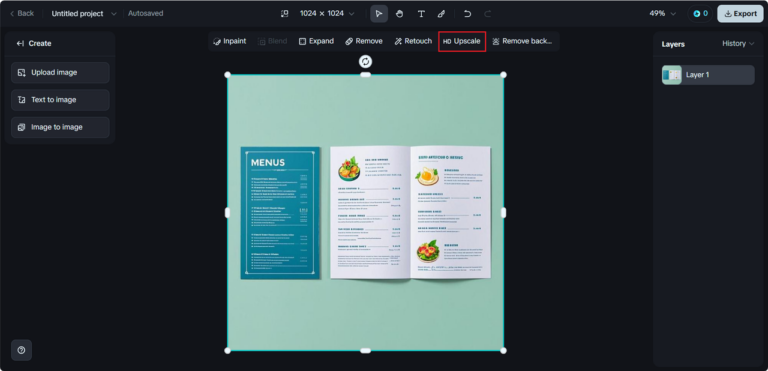
Optimizing layouts for maximum engagement
Although eye-catching images capture attention, a menu’s design retains it. A well-designed layout emphasises the restaurant’s high-margin goods and speciality dishes in an easy-to-use manner.
AI-powered design tools make it simpler to optimise layouts for impact and readability by analysing how users interact with visual material. AI may recommend, for instance, that popular meals be positioned in prominent menu sections where customers are likely to look, such the upper right corner or the middle of the page. Additionally, it can suggest colour schemes and fonts that improve the overall layout while preserving the menu’s readability.
AI tools also contribute to the scalability and ease of updating of menus. These tools make it easier to make adjustments while keeping the menu looking professional, whether you’re adding seasonal specials or changing prices.
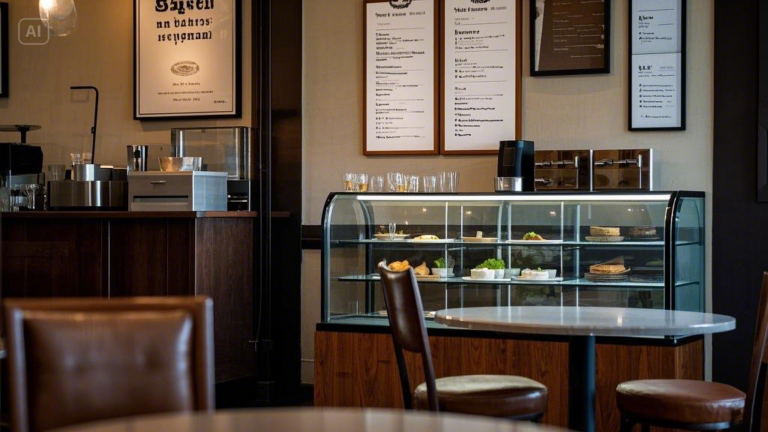
Building a cohesive brand identity
A great brand identity is built on consistency, therefore a Redefining Menus should have the same personality and aesthetic as a restaurant’s interior design, signage, and promotional materials. Customers are more likely to recall and suggest a restaurant with a unified design since it fosters recognition and confidence.
It is simpler to incorporate branding components into menu design when using AI tools, such as AI logo generator. The logo of a restaurant can be used as a discreet watermark, placed prominently on the cover, or modified for use on print and digital menu formats. These resources strengthen the restaurant’s identity by ensuring that the logo keeps up its quality and complements the entire design of the menu.
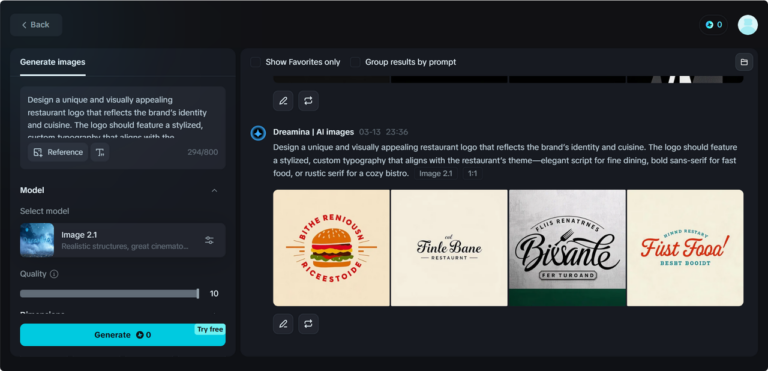
Personalizing menus for target audiences
Each restaurant has a unique story, and a menu should express that tale in a way that appeals to its patrons. One of AI’s most potent features is personalisation, which enables eateries to customise their menus to certain clientele, tastes, and dining patterns.
For instance, a fine dining establishment might choose a simple, sophisticated design, whereas a family-friendly restaurant might employ AI to recommend lively, playful designs. AI is also capable of analysing regional cuisine and trends to suggest products that are likely to be liked by the intended audience. This degree of customisation strengthens the bond between the restaurant and its patrons while also improving the dining experience.
The future of menu design
The possibilities for menu design are growing as AI technology develops. We may anticipate menus that incorporate augmented reality (AR) in the near future, which will enable patrons to scan a menu and examine 3D renderings of food or receive customised pairing recommendations.
Additionally, restaurants will be able to develop dynamic, adaptable menus that react instantly to client feedback thanks to AI’s growing involvement in analysing diner behaviour and preferences. In addition to improving the dining experience, these developments will give restaurant owners insightful information.
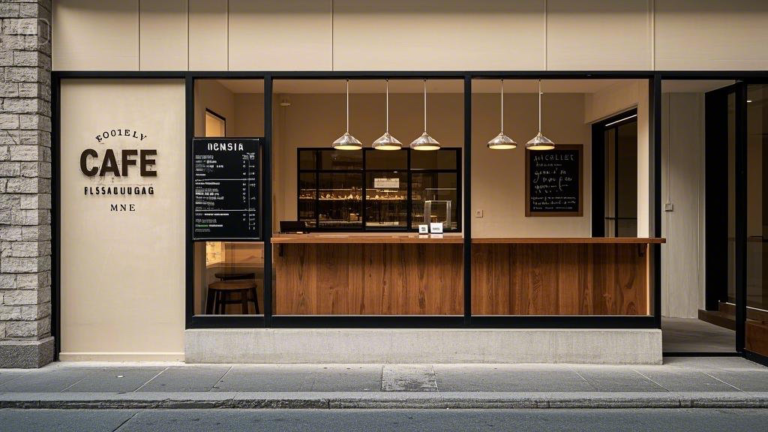
Conclusion
More than just a useful document, a restaurant menu serves as a visual narrative, a brand ambassador, and a major source of revenue. Creating a menu that attracts and captivates guests is now easier than ever thanks to AI-powered technologies.
These technologies let restaurants to design menus that are as distinctive as the food they offer, whether it’s through the use of AI to generate original visuals, picture upscale to improve food photography, or free logo generators to maintain consistent branding.
Restaurants of all sizes may use these tools to stand out in a competitive market, create enduring relationships with their patrons, and provide exceptional dining experiences as AI continues to push the limits of creativity and efficiency.
Menu design has entered a new era that is brimming with opportunities.
